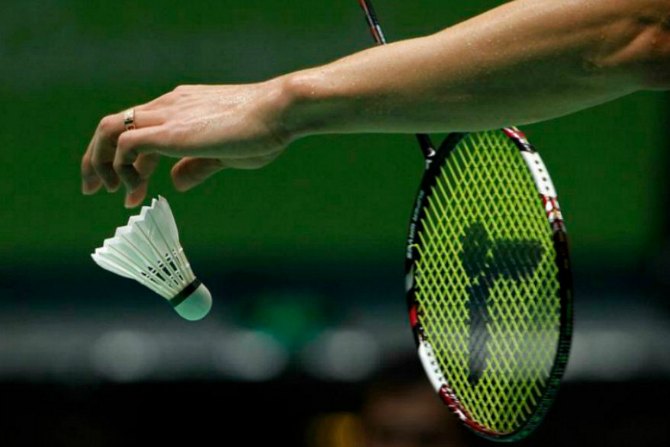The serve in doubles is the most important shot in the game. It starts every point. Some people tense up and panic and even lose control. So it’s important to relax and ‘be loose’.
If you have a good, confident, tight, low serve it can be a real points builder and put you in control of the game as your opponents become increasingly frustrated they are not able to attack it. Knowing that you have a good serve will increase your confidence and if you can vary your serve without making mistakes then this will enhance your chances of winning. If your partner also has a consistently good serve him(her)self then this will give both of you confidence and improve your performance and your results. If your serve is inconsistent then take a tube of shuttles on to court and practise the following.
After checking the rules for the badminton serve, try these suggestions.
- Always remember less is more – keep it as simple and frugal as possible, so there’s less to go wrong
- If you have a very reliable, tight, low, forehand serve, then keep it
- If not, change to backhand (virtually all coaches now coach the bh for doubles)
- Hold racket loosely in a bh grip with thumb behind the shaft – be “extra loose” yourself since if you are tense, tight or rush the serve you increase the chances of serving a fault
- Hold the shuttle by the end of the feather(s) or plastic flights loosely between thumb and adjacent index and middle fingers – shuttle must be no higher than the waist at point of impact
- Stand perfectly still, just behind the ‘T’ with your weight forward and with both feet on the floor around 30-40 cm apart (if playing a classic mixed formation with the lady often in front, the man’s serving position should be further back in the mid court so more racket head speed is necessary to take the shuttle further)
- Adopt a comfortable stance so right or left foot could lead – or feet can even be side by side or at a diagonal
- Shoulders should be slightly forward so that there is space to draw the racket back towards the stomach
- Focus mainly on the top of the net rather than the opponent(s) – though be aware of their court position and use this to your advantage
- Wait, relax and settle yourself for a minimum of three seconds before you bring the racket forward and gently stroke or push (rather than hit) the shuttle no higher than 15cm over the top of the net – much closer if you can! – to land just inside the service box.
- After serving, keep your racket up (at least head height) and try and dominate from the ‘T’ – unless your side lifts and you have to defend (in which case, come back to help defend, side by side with your partner but both ready to cope with any drops just over the net)
- When you have developed a good default, reliable, low serve begin to experiment (sparingly at first) with flick serves to the rear court, wide/harder serves, serves down the middle of the court (aiming for the centre line) etc to surprise the receiver and initiate errors – once you have mastered a selection of serves which will keep your opponent(s) guessing, try changing your base serving position to confuse them further

